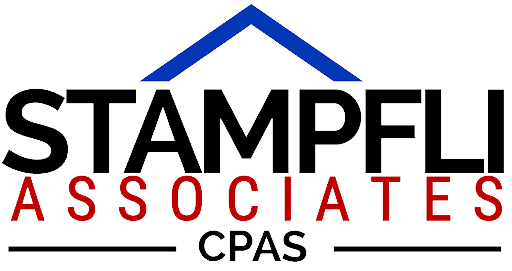Commit to continually improving your nonprofit’s accounting processes
Do your not-for-profit’s accounting processes work perfectly — with no errors, delays or other inefficiencies? If yours is like most organizations, probably not. But if your nonprofit is committed to improvement, you have an edge over those that accept the status quo. Whether it’s building budgets, paying invoices, or preparing financial statements, there’s almost always something that can work better, faster and less expensively.
Prioritize certain functions
Certain financial functions deserve greater attention than others. For example, it’s essential that individuals or groups responsible for your organization’s financial oversight (such as your CEO or board finance committee) promptly review monthly bank statements and financial statements. They should look for obvious errors or unexpected amounts. If your nonprofit doesn’t handle this task efficiently, ascertain the reason and find a solution. It could be one person who doesn’t understand his or her role or a systemic problem with multiple points of failure.
Another important area is paying invoices. Make sure your policies and procedures prioritize a monthly cutoff. For instance, require all invoices to be submitted to the accounting department within one week after the end of each month. Too many adjustments — or waiting for employees or departments to weigh in — can waste time and delay the completion of your financial statements.
You also may be able to save days at the end of the year by reconciling your balance sheet accounts each month. It’s a lot easier to correct errors when you catch them early. Also, be sure your organization is reconciling accounts payable and accounts receivable subsidiary ledgers to your statements of financial position.
Let software work for you
Many organizations underuse the accounting software package they’ve purchased because they haven’t invested the time to learn its full functionality. If needed, hire a trainer to review the software’s basic functions and teach time-saving tricks and shortcuts to staffers. If you find your software is outdated or simply doesn’t meet your nonprofit’s needs, prioritize its replacement.
With the right software, you should be able to standardize financial reports with no modification. This not only will reduce input errors but also provide helpful financial information at any point, not just at month's end. And consider performing standard journal entries and payroll allocations automatically within your accounting software. Many systems have the ability to automate, for example, payroll allocations to various programs or vacation accrual reports. But review any estimates against actual figures periodically, and always adjust to actual amounts before closing your books at year-end.
Find inefficiencies — and fix them
This is only the tip of the iceberg. Depending on your nonprofit’s size, programming and other characteristics, you may have other accounting functions that don’t work as well as they could. We can advise on specific problems or even conduct an organization-wide audit to find — and fix — multiple inefficiencies.
© 2023

